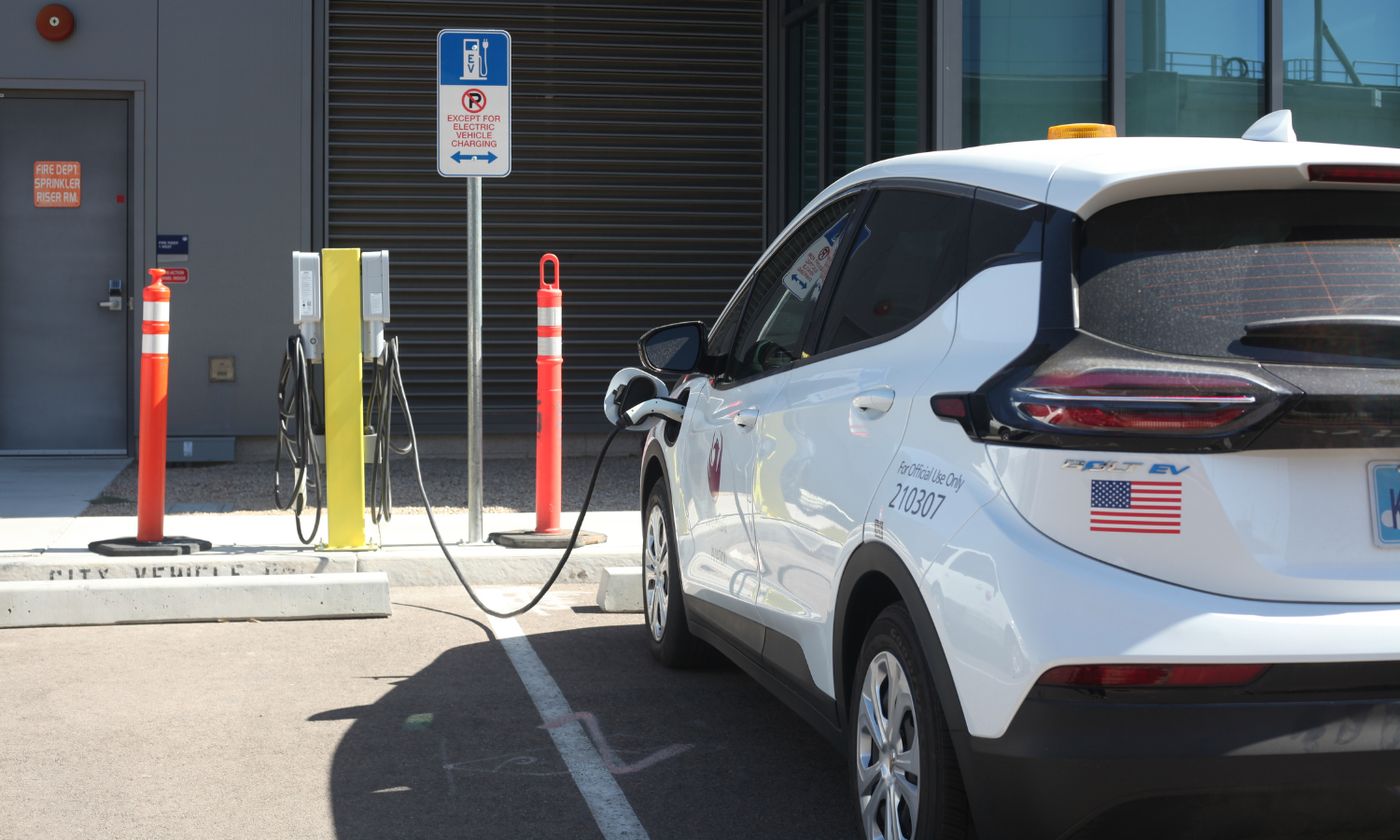Phoenix launches a Citywide food drive to assist residents experiencing food insecurity during the holidays.

Overview
Phoenix Climate Action: Partnering for a Resilient Future and Making Phoenix the Most Sustainable Desert City.
The City of Phoenix Office of Sustainability follows the implementation of the Climate Action Plan, advancing the City’s 2050 goals for carbon neutrality, clean air, zero waste, and resilient communities. Working with City departments, partners, and residents, we deliver innovative solutions—like expanding shade, clean energy, and electric vehicles—that improve quality of life today and build a sustainable Phoenix for generations to come.

Energy
The goal is to transition municipal operations and community infrastructure toward clean, renewable energy by implementing solar energy installations on city facilities, making energy efficiency upgrades, and expanding access to renewable energy for residents.


Electric Vehicles
The goal is to advance transportation electrification and charging infrastructure citywide by including EV readiness in the 2024 Building Code, expanding charging stations, and electrifying city fleets to support the Transportation Electrification Action Plan.

Driving Phoenix’s 2050 Sustainability Goals
Learn how City departments—Water, Environmental Programs, Transportation, Heat Response, Public Works, Aviation, Energy, and Electric Vehicles—are working together to build a cleaner, healthier, and more resilient future.
-

Water Services
Goal: Ensure long-term water security through conservation, efficiency, and innovation.
-

Environmental Programs
Goal: Reduce emissions, expand renewable energy, and protect natural resources.
-

Public Transit
Goal: Expand sustainable, accessible, and clean transportation options.
-

Heat Response & Mitigation
Goal: Protect residents from extreme heat and build a cooler city.
-

Public Works
Goal: Achieve zero waste by 2050 through recycling, circular economy, and waste diversion.
-

Aviation
Goal: Build a greener aviation sector with cleaner energy and reduced emissions.